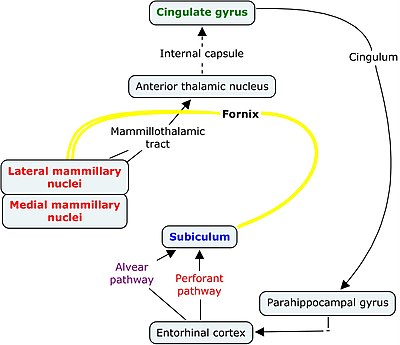Difference between revisions of "Feelings"
(Automated page entry using MWPush.pl) |
(Automated page entry using MWPush.pl) |
||
| (One intermediate revision by the same user not shown) | |||
| Line 1: | Line 1: | ||
| − | |||
<pre style="color: green">Feelings Research</pre> | <pre style="color: green">Feelings Research</pre> | ||
@@[[Home]] -> [[ArtificialLifeResearch]] -> [[Feelings]] | @@[[Home]] -> [[ArtificialLifeResearch]] -> [[Feelings]] | ||
Latest revision as of 19:06, 28 November 2018
Feelings Research
@@Home -> ArtificialLifeResearch -> Feelings
This page will gather all the external stimulus that should be fed to aHuman to correctly perceive the feelings of another person.
Introduction
This page outlines various factors that effects the emotions and feelings of the person.
Details
- Some examples of feelings that can be expressed by face of another person are: Anger, Concentration, Confusion, Contempt, Desire, Disgust, Excitement, Fear, Frustration, Glare, Happiness, Sadness, Snarl, Surprise
- Feelings can also be expressed using the language of other person. Some online resources that can help to analyze the chat or speech of other person are.
See also:
Interesting pictures


Amygdala
Amygdala contributes to feelings in many ways.
- see Current Biology
Abbreviations of amygdala areas: B, basal nucleus; Ce, central nucleus; itc, intercalated cells; La, lateral nucleus; M, medial nucleus. Sensory abbreviations: aud, auditory; vis, visual; somato, somatosensory; gust, gustatory (taste).
Abbreviations of amygdala areas: B, basal nucleus; Ce, central nucleus; itc, intercalated cells; La, lateral nucleus. Modulatory arousal system abbreviations: NE, norepinephrine; DA, dopamine; ACh, acetylcholine; 5HT, serotonin). Other abbreviations: parasym ns, parasympathetic nervous system; symp ns, sympathetic nervous system.